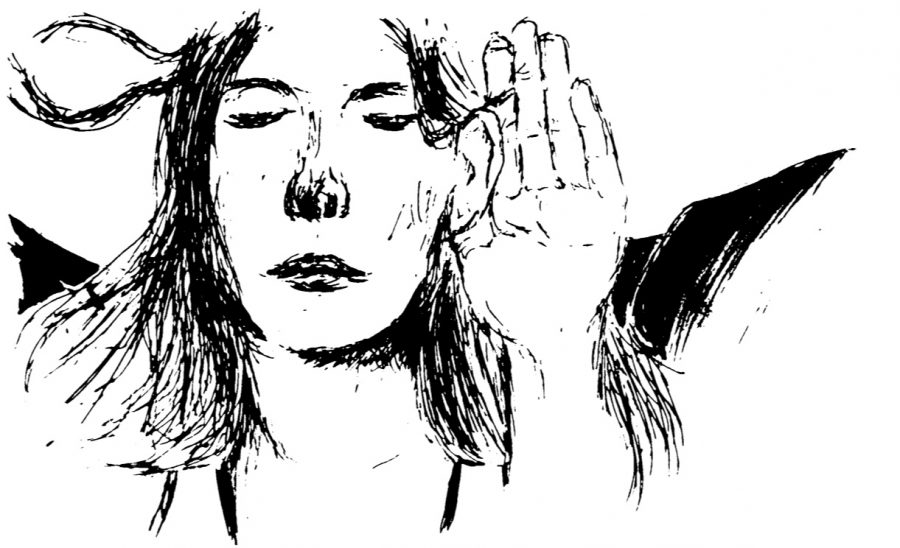“There Once Lived a Woman Who Tried to Kill Her Neighbor’s Baby”
Ludmilla Petrushevskaya
Trans. Keith Gessen and Anna Summers
Penguin, 2009
206 pages
Ludmilla Petrushevskaya was born in 1938 in Moscow. Her fiction was banned in Soviet Russia, despite her studied avoidance of overtly political themes. The bleakness of Petrushevskaya’s depictions of life in Soviet Russia, translators Keith Gessen and Anna Summers suggest in their introduction, was too depressing for the way the country imagined its own culture. She was published as a playwright, but remained a controversial writer, banned until the disintegration of the USSR. Since then, Petrushevskaya has become “Russia’s best-known living writer” and has won numerous awards in the past twenty years, “unrivaled in the scope and diversity of her talent.”
“There Once Lived a Woman Who Tried to Kill Her Neighbor’s Baby,” the most recent major translation of Petrushevskaya’s short fiction into English since “Immortal Love” in 1995, is a collection of stories that are at once bleak, horrifying and wistful. Gessen and Summers selected what the book’s subtitle calls “Scary Fairy Tales,” which is apt since Petrushevskaya’s short fictions depict mystical and fantastic themes.
The stories are divided into four parts: “Songs of the Eastern Slavs,” “Allegories,” “Requiems” and “Fairy Tales.” Each of these contains sets of stories gathered around a nebulous theme. Gessen and Summers describe them as “dark, surreal vignettes,” “apocalyptic stories,” “human relationships under duress” and “real fairy tales,” respectively. Overall, the stories fit together more thematically than the sections do, but it is true that the stories in, say, “Allegories” involve human relationships as a more obvious theme than the other stories that are grouped together.
Very few of Petrushevskaya’s characters have names, giving these stories even more of a fairy-tale effect than they already have. They are “the father,” “the mother,” “the grandfather” or “the girl”. Like fairy-tales, these stories involve more action than emotional response; the characters are depicted doing things, reacting without thought, yet that doesn’t mean they are unsympathetic. Some of the stories: “The Shadow Life,” “The Miracle” and “The Black Coat,” for example: are heartbreaking.
However, read these stories sparingly. Too many and they become almost predictable; the unease of a surreal story depends as much on the reader’s confusion as it does on the characters’. If this collection has a failure, that is it.
Individually, however, these stories are remarkably beautiful; horrifying, yes, but also melancholic. They are bleak, but in many of them there is a core of hope that keeps the story going. In “The Father,” a man searches for his child and finds a family; in “The Shadow Life,” a girl is saved from her rapists by a woman who looks like her dead mother; in “There’s Someone in the House,” a woman plagued by a poltergeist destroys her own house in a preemptive attack, and rediscovers her own will to live. Trust me, it’s less trite than it sounds. In fact, “trite” is not a word that can be applied to Petrushevskaya’s stories; even the ones with nearly saccharine endings (or middles) have a core of disquiet.
That disquiet keeps this collection new and unique. Each short story: some of them are no more than three pages: is disturbing, raw and absolutely thrilling.














Kevin Futers • Oct 1, 2010 at 1:59 pm
What an excellent point you make about fairy tales. So often when a fairy tale is made into a modern novel the author fills the modern need for connection by giving the characters names – I have done so myself.
Yet the true connection to Everyman is surely the fact that the characters are anonymous. “Once upon a time there lived and young girl and her mother, who was a widow.” The information given is enough to have a strong feeling for the characters without giving them a particular background or back story. How the woman was widowed is irrelevant; people died all the time, it was as normal as a more modern “Once upon a time there lived a young girl and her mother, who was a divorcee”
It is true that this sort of observation is a generalisation; for example “Once upon a time there were three billy goats, called Gruff” clearly gives an identity to the protagonists; they are all called Gruff. It is true that they have no individual names but they clearly have a family name, and that lifts these brothers above the normal level of fairy tale characters.
I look forward to dipping into these stories. Thanks for the advice about reading them sparingly!